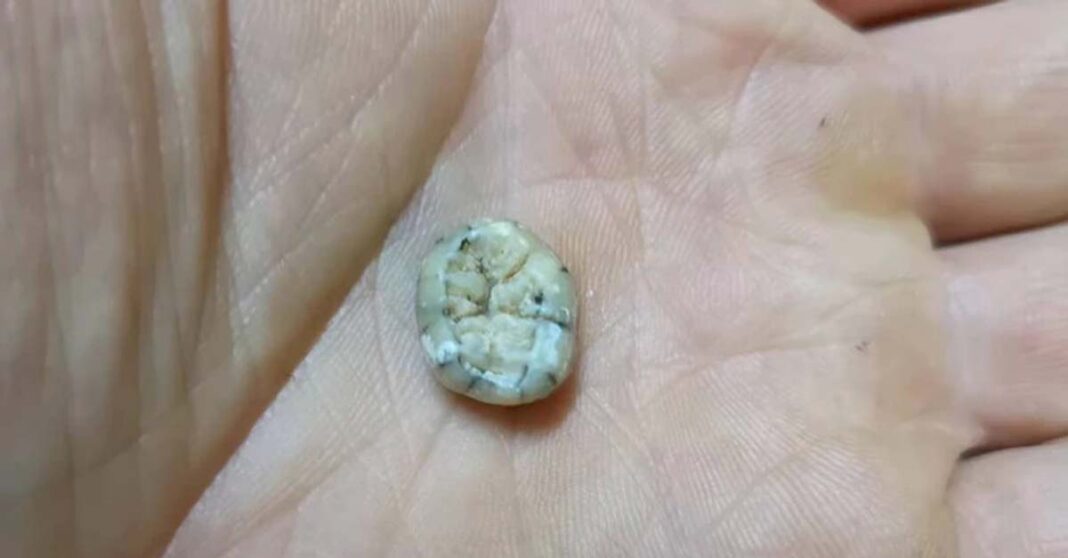The discovery of an ancient tooth in a cave in Northern Laos this week is helping scientists understand the migration patterns of early hominins, relatives of modern humans.
The tooth, believed to have belonged to a young girl, is between 131,000 and 164,000 years old, and was discovered in a small cave known as Cobra Cave by a team of palaeoanthropologists.
The site had been excavated with the help of Hmong villagers and in close collaboration with the Ministry of Information, Culture, and Tourism.
The discovery seems to be the southernmost fossil evidence of a group of early humans called the Denisovans.

Until this point, physical evidence of the Denisovans has come from just two sites, one in Siberia and one in Tibet. While Denisovans were genetically different from humans and from Neanderthals, they seem to have bred with humans, and most people of Asian descent carry some Denisovan genes.
The study, published in the journal Nature Communications, is dedicated to the memory of prominent Lao archeologist Thongsa Sayavongkhamdy, who died in April.
Thongsa Sayavongkhamdy is often credited with paving the way toward recognition for important Lao cultural sites like Luang Prabang, Vat Phou Champasack, and the Plain of Jars.



